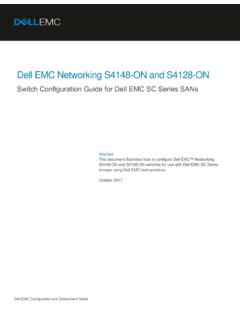Transcription of Introduction to Switch Mode Power Supplies (SMPS)
1 Page 1 2006 Microchip Technology Incorporated. All Rights Reserved. Introduction to Switch Mode Power Supply Slide 1 Digital Signal ControllerIntroduction to Switch Mode Power Supplies (SMPS)Welcome to the Introduction to the dsPIC Switch Mode Power Supply Design web seminar. Page 2 2006 Microchip Technology Incorporated. All Rights Reserved. Introduction to Switch Mode Power Supply Slide 2 Session Agenda Linear versus Switch Mode Power Supplies Common SMPS DC-DC Converters Common SMPS AC-DC ConvertersThis is the agenda for this course.
2 We will start by comparing the characteristics of linear and Switch mode Power will then discuss the basic design features of some common DC/DC converter we will cover some typical designs used in AC to DC discussing various SMPS designs, we often use the word topologies to describe the basic circuit configurations of switches (transistors), magnetic components (inductors and transformers), and 3 2006 Microchip Technology Incorporated. All Rights Reserved. Introduction to Switch Mode Power Supply Slide 3 Switching Power Supplies Voltage regulation via controlled Power transfer Linear Power Supplies Voltage regulation via Power dissipation Power dissipation creates Heat problemsOverviewLinear Power Supplies use Power dissipation to achieve voltage regulation.
3 A linear Power supply must be designed to supply enough voltage to overcome conditions of low input voltage while supplying maximum rated load current. There are additional voltage drops in the rectifiers, the linear regulator circuit, and the transformer. Finally, the filter capacitors have a ripple voltage imposed by the rectified AC. The lowest point of the ripple voltage must be higher than the minimum required for the regulator linear regulator works like a variable resistor, dropping the input voltage to the level required by the meet all of the worst case conditions, a linear supply, under typical conditions may dissipate as heat an amount of Power equal to the Power consumed by the load.
4 Under high input voltage conditions, the Power lost as heat dissipation may be double that of the load ! Switch Mode Power Supplies use the principle of quantized Power transfer to implement voltage regulation. Through the control of transistors operating as switches (on or off) with energy storage components such as inductors and capacitors, a Switch mode Power supply transfers just enough energy from the input to the output to achieve the desired output voltage and 4 2006 Microchip Technology Incorporated. All Rights Reserved. Introduction to Switch Mode Power Supply Slide 4 SMPS Advantages: More Efficient Smaller Size Less Weight Less Cost Easier PFC supportWhy Switch Mode Power Supplies ?
5 Switch Mode Power Supplies offer the advantages of smaller size, weight, and cost while achieving much higher Power any product can benefit from a reduction in weight and mode Power Supplies have a more complex circuit design than linear Power Supplies , but at medium to high Power levels, the cost and complexity of dealing with high heat dissipation outweighs a more complex improvement in energy efficiency is often a required feature for many products, especially battery powered items where battery life is a critical selling point to a customer. Energy efficiency is also becoming a government mandated feature, such as the United State s Energy Star Factor Correction (PFC) is becoming a government mandated requirement for Power Supplies in countries around the world.
6 PFC is the process that insures that the input voltages and currents from the AC Power line into a Power supply are in phase to achieve a Unity Power Factor . PFC is very costly to achieve in a linear Power 5 2006 Microchip Technology Incorporated. All Rights Reserved. Introduction to Switch Mode Power Supply Slide 5AC/DC Power Supply ComparisonPerformance Benefits:Linear SwitchedPower Density (Watts/cu-in) (%) 3585 Input Voltage Range (VAC)104 - 13285 - 265 The Power density of SMPS Power Supplies is constantly improving with the increasingly higher switching frequencies in modern designs.
7 Linear Power Supplies based on 60 Hertz magnetics have not changed in size in 50 efficiency for new SMPS Power supply designs are moving into the 90% range. The efficiency for linear Supplies has changed little over the past Power Supplies have difficulty supporting wide input voltage ranges. Typically, many input transformer voltage taps (selections) are required along with a Switch mechanism to enable the Power supply to function in world markets. (Japan is 100 VAC 50/60 Hertz, USA is 120 VAC 60 Hertz, and Europe is 230 VAC 50 Hertz).Page 6 2006 Microchip Technology Incorporated.
8 All Rights Reserved. Introduction to Switch Mode Power Supply Slide 6 Buck Boost Buck-Boost Push-PullCommon SMPS DC-DC Converter TopologiesPower Supplies that convert a DC input voltage to a DC output voltage called converters .The DC to DC Switch mode converter may be implemented via a large selection of circuit designs. These basic designs are called Topologies . The most common and basic topology is the Buck converter. The buck converter is a step-down converter that changes a higher input voltage to a lower output voltage,The Boost converter is similar to a Buck converter but instead of stepping down the input voltage, the output voltage is higher than the input Buck-Boost provides a negative output voltage relative to the input Push-Pull converter is a transformer based converter that is typically used for higher Power applications.
9 By using a transformer, any combination of input to output voltages and polarities is 7 2006 Microchip Technology Incorporated. All Rights Reserved. Introduction to Switch Mode Power Supply Slide 7 Buck DC to DC ConvertersStep down converterON+VinL1 VoutCoutCinQ1 IQILPWMPWMTonToffPeriodSwitch ONCharging inductorD1 ILoadIrippleILThis slide shows a Buck converter when the transistor Q1 is turned on by the PWM signal. When Q1 is turned on, the current begin to flow from Vin through the transistor, through the inductor L1, and into the output capacitor and the load.
10 The inductor L1 controls the current flow. The applied voltage across the inductor causes the current to increase linearly with time. Think of this process as Charging Up the Inductor . The inductor current flow charges the output capacitor which raises the output voltage. A control circuit (not shown here) monitors the output voltage, and when the output voltage reaches the desired value, the pwm signal is that the frequency of the pwm signal must be high enough to insure than the current through the inductor L1 does not become too 8 2006 Microchip Technology Incorporated.

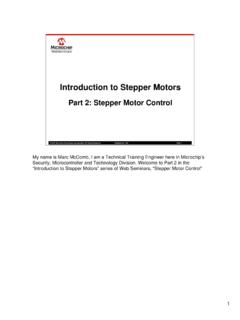


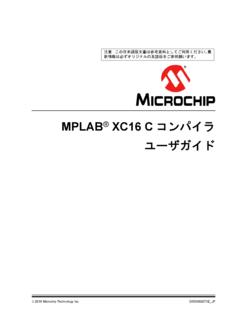


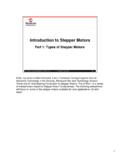


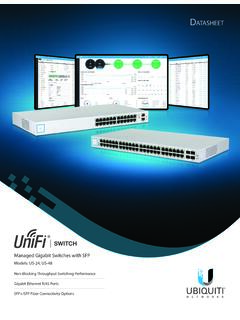
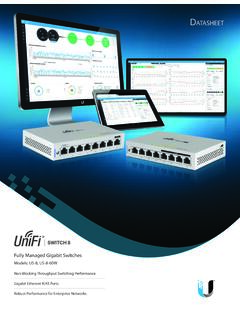
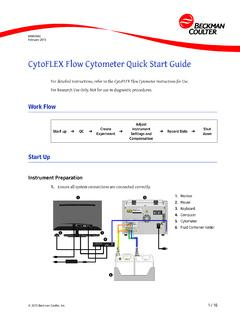
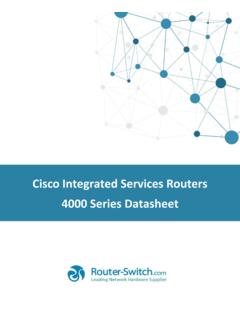
![Lockout and Tagout Policy for [enter COMPANY NAME]](/cache/preview/4/a/6/6/c/f/b/d/thumb-4a66cfbd3ad71ed7c6745a7b5da71cc6.jpg)
